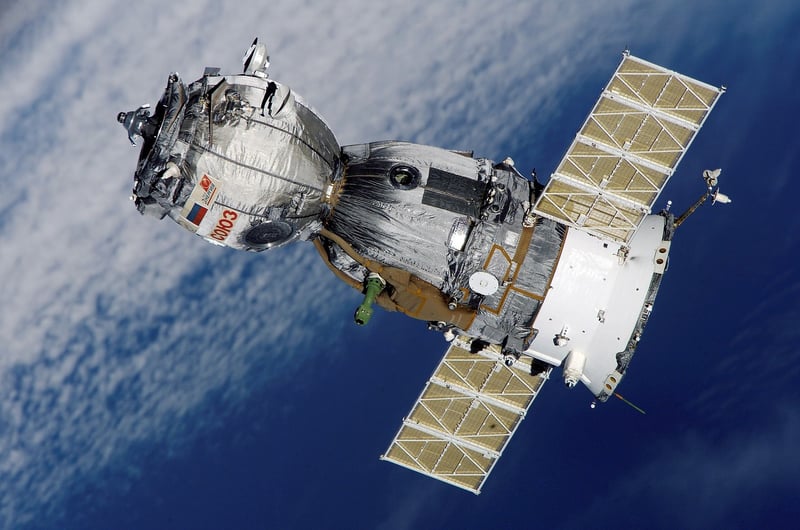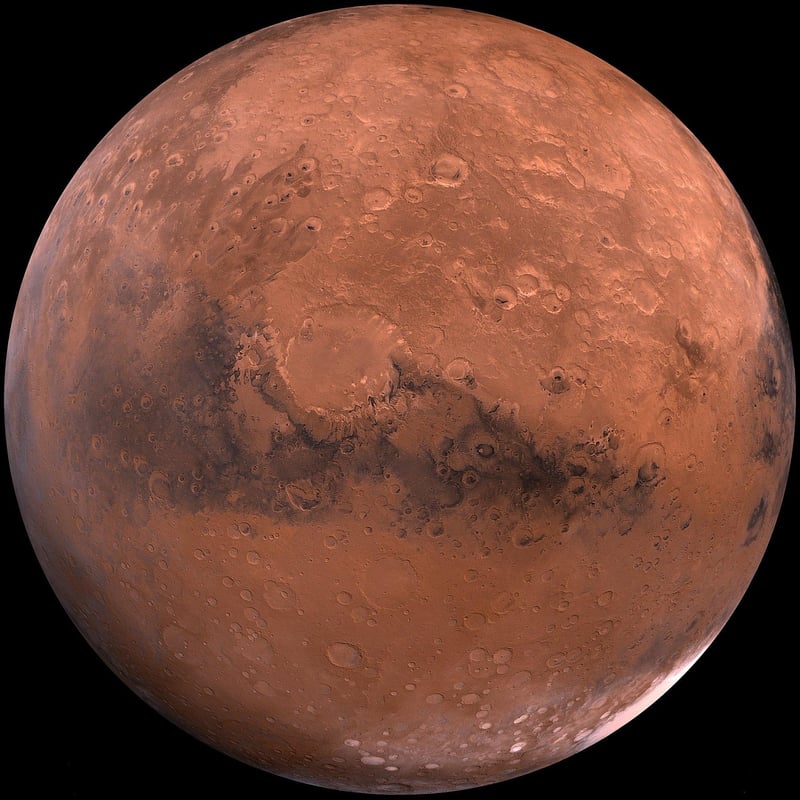Orbital Habitats
Exploring Human Outposts in Space and Orbital Habitats

As humanity continues to push the boundaries of space exploration, the concept of human outposts in space and orbital habitats has garnered significant attention. These futuristic structures represent the next frontier for human habitation beyond Earth.
What are Human Outposts in Space?
Human outposts in space are settlements established by humans in outer space, away from the Earth's surface. These outposts serve as bases for scientific research, commercial activities, and even as potential stepping stones for further space exploration.
Key Features of Orbital Habitats
- Sustainable Living: Orbital habitats are designed to support human life for extended periods, with systems for air, water, and food production.
- Research Facilities: These habitats provide a unique environment for conducting experiments in microgravity and space technologies.
- Commercial Opportunities: Orbital habitats can serve as platforms for space tourism, manufacturing, and resource extraction.
- Interconnected Modules: Habitats often consist of interconnected modules that can be expanded over time to accommodate growing populations.
The Future of Human Outposts in Space
With advancements in space technology and growing interest from both public and private sectors, the realization of human outposts in space is becoming increasingly feasible. Organizations like NASA, SpaceX, and other space agencies are actively pursuing projects that aim to establish sustainable habitats beyond Earth.
Exciting times lie ahead as we embark on this journey to create a human presence in the vast expanse of space. Stay tuned for more updates on the development of orbital habitats and human outposts in space!

Image sources: Pixabay.com
